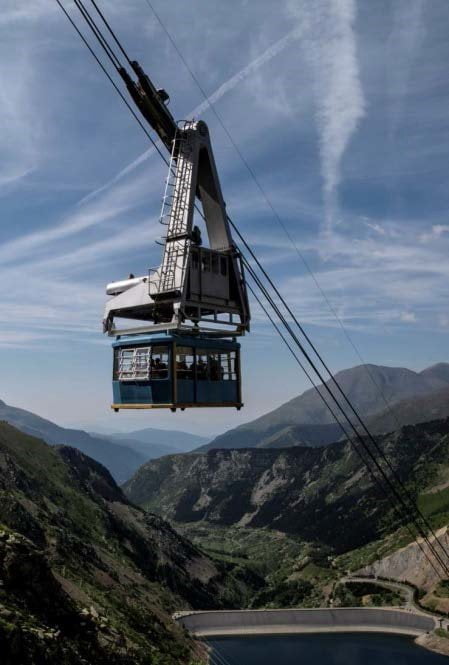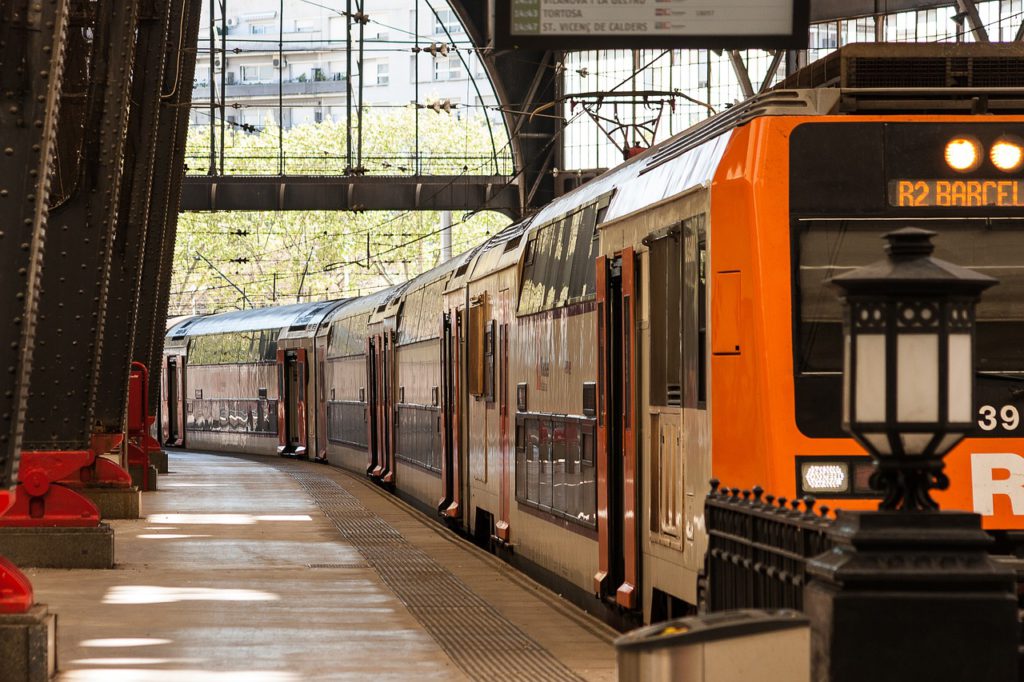Catalonia bets on environmentally-friendly mobility for residents and tourists in remote areas
The Government of Catalonia, partner in the EU-funded LAST MILE project, shows that environmentally-friendly mobility solutions are possible for both residents and tourists in remote areas.
The Last Mile project, included in the European Interreg Europe program and funded by European funds, has made it possible to find flexible and innovative mobility solutions that allow both residents and tourists and visitors from sparsely populated areas to make the last trip of its journey with sustainable means of transport, taking into account the environmental benefits with the reduction of pollutant emissions.
Following the ‘Regional Action Plan for Catalonia’ approved, the General Directorate of Transport and Mobility of Territory and Sustainability has implemented the following actions:
- Expansion of on-demand transport services in the APIA region of Catalonia
- Implementation of the Bicibus system “bicycles in buses”
- Start of the implementation of a cycle tourism route Lleida - La Pobla de Segur (train-bicycle)
- Expansion of bus services within the Aigüestortes National Park
- New bus service (La Pobla de Segur - Telefèric de Cabdella), which promotes the train-bus-cable transport intermodality.
- Improvements to information:
- Improvement of the "Mou-te", web route planner
- Bicycle information panels at transport stations public
- Provide wi-fi service to the bus network
- Dissemination of current and new transport services among the local population and tourists.
Lessons learned
Experience in this project has shown that the involvement of local institutions and potential users throughout the process of establishing the measures is a key factor for the success of the project.
In addition, the implementation of the project has provided a global approach to the tourism product including new mobility solutions. There are many examples of the integration of the public transport system with options for tourists and the creation of new tourism-oriented services. The project has demonstrated the importance of cooperation at all levels (regional, local, natural park entities, tourism sector) and the benefits in the social and environmental fields. A modern approach to marketing has highlighted the attractiveness of new mobility options in tourism: affordable, available. It has been found that to successfully introduce innovations, it is necessary to extend the brand image to tourist regions with the improvement of mobility information for visitors as a basis for increasing the tourist flow.
The practices implemented in the natural parks are of interest to other regions, since with the proposed solutions, private cars stop entering the natural parks, thus protecting the area from air and noise pollution, offering a sustainable alternative with public transport.
Conclusions
The Last Mile project provides a good model for sustainable and environmentally friendly solutions for the first and last miles. Sharing experiences with six European partners has made it possible to visualize measures to promote more environmentally friendly modes of transport, smarter mobility management and healthy active mobility. It has been shown that it is possible to have mobility systems, adapted to the needs of both residents and tourists in remote areas, that are respectful of the environment.
Actions implemented in the Aigüestortes and Estany de Sant Maurici National Park and on the Lakes Route may be of interest to other similar regions.
One of the great benefits of this project is that it assesses the legal, institutional, and economic conditions that form the basis of local and regional expression strategies for establishing “last-mile” mobility services that respond to a demand. The project provides a good model for sustainable and environmentally friendly solutions for the first and last miles, they are solutions that allow us to make our journeys in a meaningful way.
Tourism emits 5% of the world's CO2
All holiday centres aim to attract as many visitors as possible. However, the growing number of tourists and their increased mobility are causing an impact in touristic areas.
Tourism accounts for about 5% of the world's total CO2 emissions, of which approximately 75% are related to transport. Therefore, good mobility solutions are needed for the entire transport system to encourage the use of sustainable means of transport among tourists. The impact of the Covid-19 emergency on mobility and tourism will need to be addressed.
Sustainable funding sources must be available throughout the life cycle of new measures and economic calculations should be carried out taking into account the social impact of the innovations introduced.

